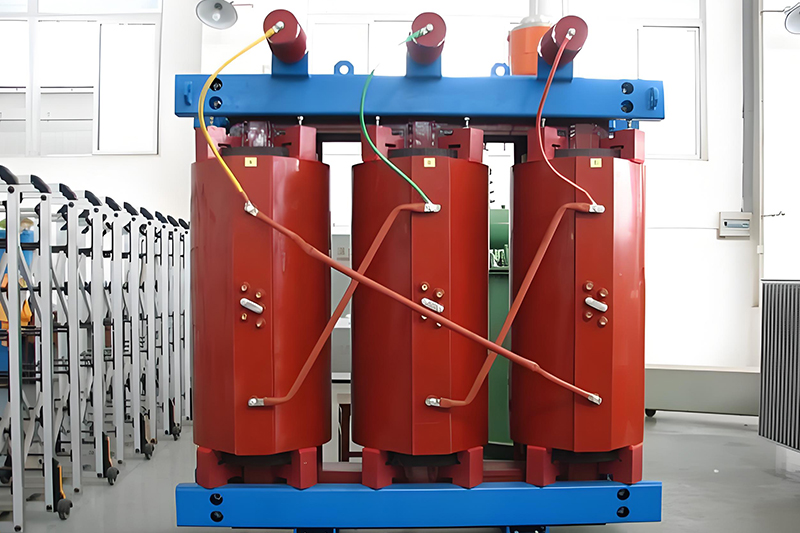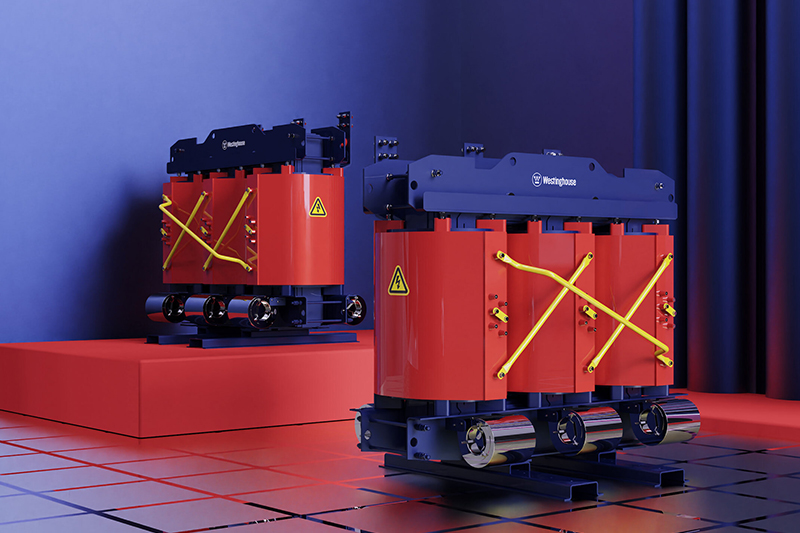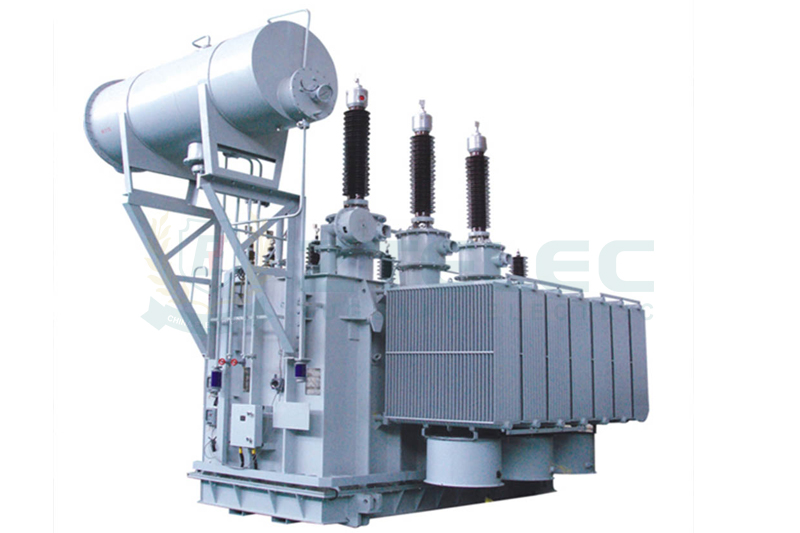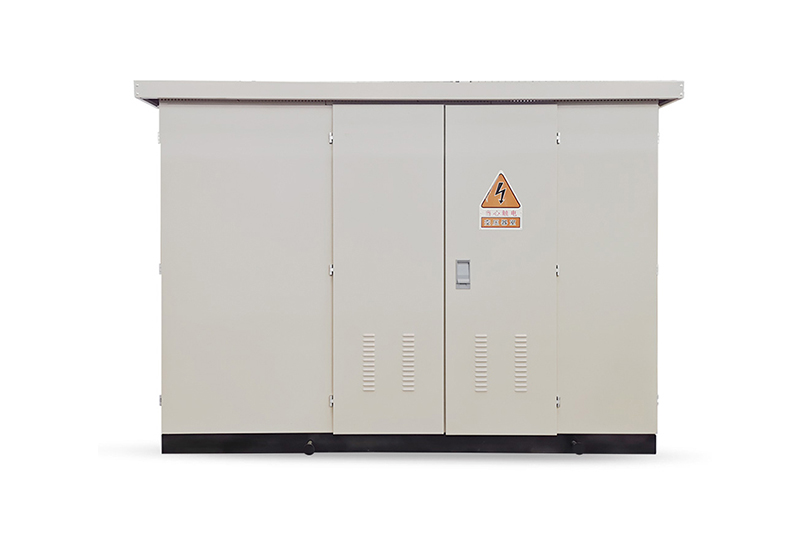Why Are Transformers Not 100% Efficient?
Time:2025-08-30 Auther:ZTelec-www.ztelectransformer.com
In modern power transmission and energy conversion systems, transformers are essential devices that guarantee stable electricity supply. Both dry-type transformers and oil-immersed transformers are designed for high efficiency, with large power units typically reaching 97%–99.5%. However, no transformer can ever reach 100% efficiency due to unavoidable energy losses determined by physical laws and material properties. These losses are converted into heat, creating a difference between input and output power.

Types of Transformer Losses
Transformer energy losses can generally be divided into four categories, each with specific mechanisms, influencing factors, and solutions.
1. Copper Loss
Principle: Also known as I²R loss, copper loss occurs in the primary and secondary windings. All conductors have inherent resistance. When current flows, electrons collide with the material’s atoms, converting part of the electrical energy into heat according to Joule’s law.
Key characteristic: Copper loss is proportional to the square of the load current. For example, doubling the current increases copper loss by four times. Under no-load conditions, copper loss is minimal.
Optimization strategies: Increase conductor cross-sectional area and use high-purity copper to reduce resistance. Both dry-type transformers and oil-immersed transformers benefit from such design optimizations.
2. Iron Loss (Core Loss)
Iron loss occurs in the transformer core and is independent of load. It includes hysteresis loss and eddy current loss.
Hysteresis Loss
Principle: The magnetic domains inside the silicon steel core repeatedly flip under alternating magnetic fields, consuming energy and producing heat.
Improvement: Use low-loss silicon steel sheets. Adding silicon reduces the hysteresis loop area, lowering losses by over 30%.
Eddy Current Loss
Principle: Alternating magnetic fields induce circulating eddy currents in the core. These currents generate heat through resistance. A solid core would create large eddy current losses.
Suppression: Use laminated cores with insulation layers, which increase resistance paths for eddy currents and reduce losses dramatically.

3. Stray Loss
Occurrence: Stray loss comes from leakage flux—magnetic lines that escape the core and induce eddy currents in nearby metal parts such as tank walls and structural clamps. This typically accounts for 1%–5% of total losses, especially in large-capacity oil-immersed transformers.
Control: Install magnetic shielding (e.g., silicon steel barriers) and optimize coil winding arrangements to minimize leakage flux. This applies to both dry-type and oil-immersed transformers.
4. Dielectric Loss
Occurrence: Dielectric loss mainly appears in oil-immersed transformers, within insulating materials and cooling oil under high voltage. Polar molecules repeatedly polarize, and leakage currents form, consuming energy and generating heat. While dielectric loss is usually less than 1%, it matters in high-voltage, large-capacity equipment.
Influencing factors: Material properties, moisture, impurities, temperature, and voltage level all affect dielectric loss. High temperatures accelerate insulation aging, and high voltages increase polarization.
Mitigation: Use advanced insulating paper and polymers, maintain oil purity, and conduct regular monitoring to control dielectric loss.
Why Transformers Cannot Be 100% Efficient
Transformers, whether dry-type or oil-immersed, can never reach full efficiency due to:
1. Physical limitations: Copper loss, iron loss, and dielectric loss stem from unavoidable material and electromagnetic properties.
2. Design trade-offs: A balance must be struck between efficiency, cost, size, weight, and noise.
3. Auxiliary consumption: Cooling systems, monitoring devices, and protective mechanisms also consume energy.
Although dry-type transformers and oil-immersed transformers cannot achieve 100% efficiency, continuous improvements in materials, design, and control strategies have pushed efficiency close to theoretical limits. With innovations such as amorphous alloy cores, optimized three-dimensional wound cores, and intelligent voltage regulation, modern transformers remain among the most efficient devices in power systems.




